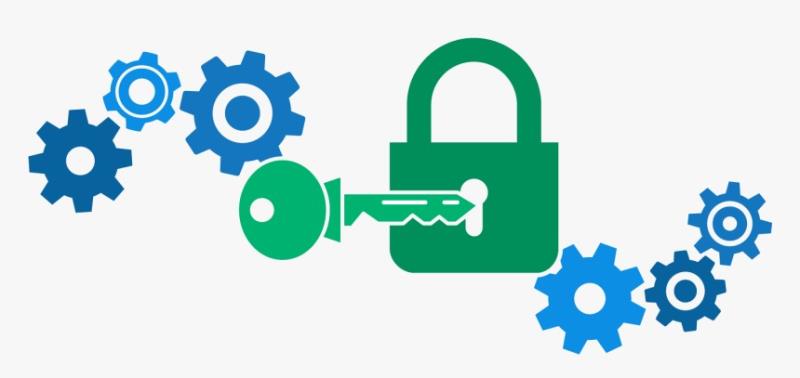The Key Delivery Message (KDM) is an essential component in the realm of digital cinema, serving as a crucial requirement for playing encrypted movies. In a landscape where the protection of intellectual property and controlled access to digital content are paramount, KDM plays a pivotal role in ensuring that only authorized playback equipment can decrypt and showcase the content.
Here’s a closer look at why Kdmx global is required to play an encrypted movie.
Encryption for security
Encrypted movies utilize sophisticated encryption algorithms to protect the content from unauthorized access and piracy. Without encryption, digital cinema content would be vulnerable to unauthorized duplication, distribution, and viewing. Encryption transforms the audiovisual data into a coded format, rendering it indecipherable without the appropriate decryption key.
Symmetric content encryption
In digital cinema, symmetric content encryption is often employed. This means that the same key is used for both encrypting and decrypting the content. The symmetric content encryption key is the digital code required to unlock and reveal the original audiovisual content.
Controlled access
KDM is required to play an encrypted movie because it provides controlled access to the decryption key. Without a valid KDM, the symmetric content encryption key remains inaccessible. This controlled access is crucial for managing screenings, ensuring that the movie is only played in authorized venues and within specified timeframes.
Authorization for playback equipment
KDM serves as a digital voucher that authorizes specific playback equipment to access the decryption key. Each authorized device possesses a unique set of public and private keys. The KDM encrypts the symmetric content encryption key using the public key of the authorized playback equipment, and only the corresponding private key can decrypt and reveal the actual content decryption key.
Prevention of unauthorized distribution
By requiring a KDM for playback, the film industry minimizes the risk of unauthorized distribution of encrypted movies. Even if a copy of the encrypted content is intercepted, without the corresponding KDM, the decryption key remains confidential and inaccessible.
Dynamic key management
KDMs facilitate dynamic key management, allowing for the periodic rotation of encryption keys. This enhances security by reducing the risk of long-term key exposure. The ability to update and change encryption keys through KDMs contributes to the overall resilience of the content protection infrastructure.
Compliance and monitoring
KDMs often include information about the terms and conditions of access, contributing to compliance efforts. The traceability features in KDM systems enable monitoring and auditing of key usage, ensuring accountability and adherence to contractual agreements.
The conclusion
The Key Delivery Message is a necessary and integral part of playing an encrypted movie in the digital cinema landscape. It ensures that the symmetric content encryption key is securely delivered to authorized playback equipment, allowing for controlled and secure access to the protected audiovisual content.

